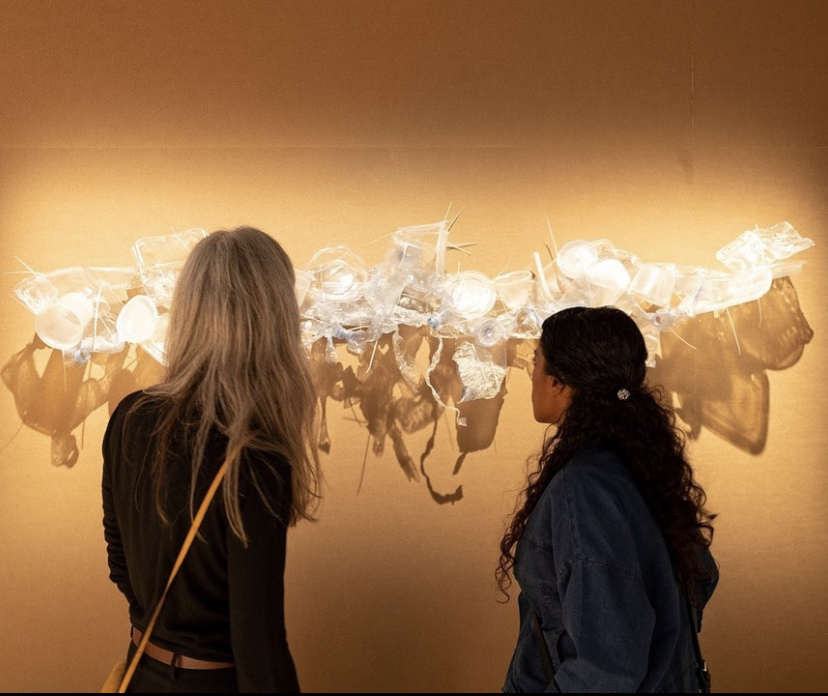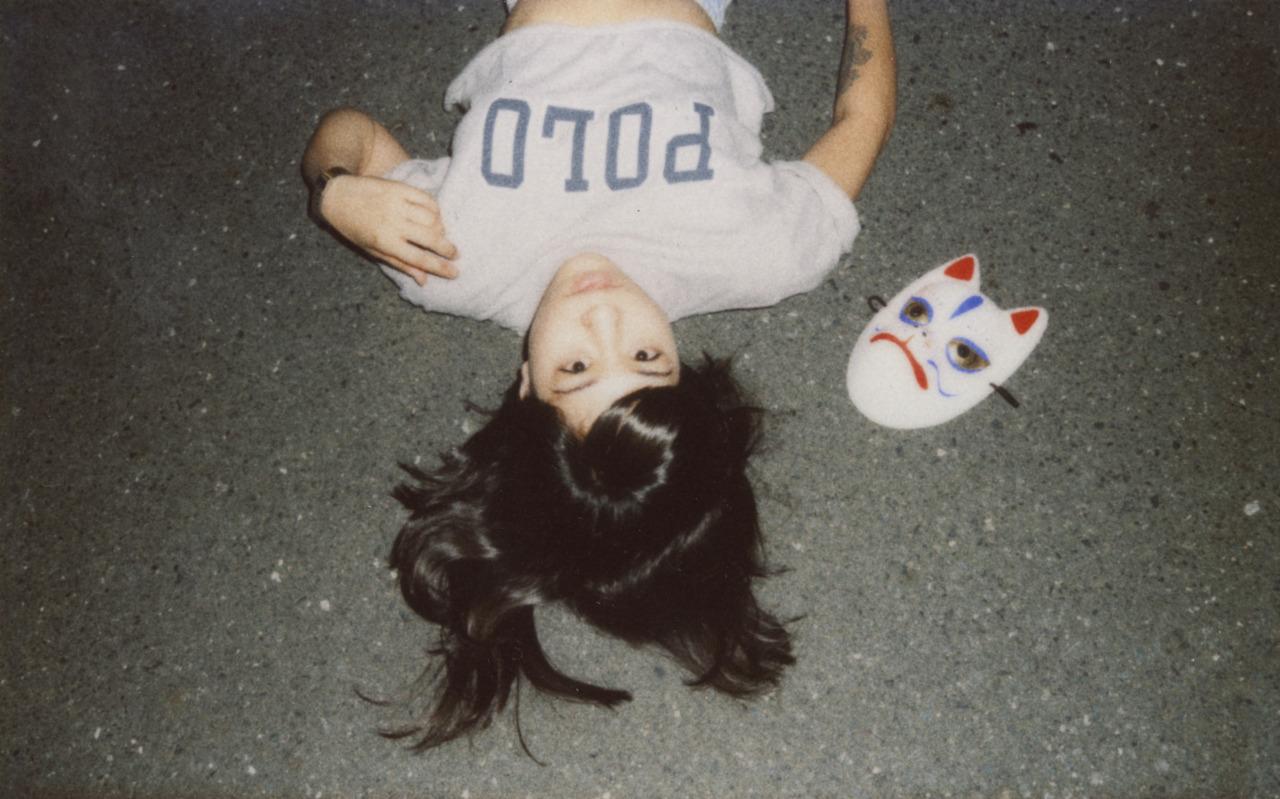Martin Gross’ solo was one of the highlights of the Berlin Gallery weekend as he playfully mixed different mediums and explored different forms of expression. Read more about the work of the artist.
About his artistic practice:
“[On] his interest in drawing processes and hybrid means of expression, as well as the notion of drawing as a map, a type of cartographic positioning. Although these basic elements still play a central role in his artistic approach, Gross has substantially expanded and at the same time perfected his practice in terms of visual language, colour palette, motifs, and technical abilities. Today he uses a multimedia approach for his large-scale installations, allowing for a wide range of stylistic forms of expression.
Through the production of large-format drawings in oil pastel, as well as the process of transcribing and editing audio pieces and text-based light installations, he ultimately develops compositional structures that generate an amplified echo of representations of reality. He integrates text blocks and fragments of information from the most varied of contexts into his installations, placing them alongside one another in a seemingly arbitrary arrangement. This approach is reminiscent of the cut-up method, an editing technique for reworking texts, whereby chance and montage can be applied to literature.”

About the new work:
The exhibition shows a series of new work that continues to deal with image and text:
Small pieces (70 x 90 cm, oil pastel on paper [framed]; each 60 x 50 cm, oil pastel on paper [framed])
Large pieces (each 196 x 160 cm, oil sticks on paper)
Wall-text pieces (type size 3.8 x 5.5 m / 5.2 x 4.5 m, vinyl lettering)
Art historical allusions are established. Ideas of Impressionism are in the air. In addition, an image is referenced by way of example: the sun, a detail, risen (watered down?). “Time Unveiling Truth is a painting c. 1745–1750 by the Italian painter Tiepolo. Father Time is shown on a chariot with a scythe uncovering the body of a female figure of Truth.”
Martin Gross continues his examination of cutouts and excerpts. Alongside art history, internet and pop culture, codes or memes are typical cross-references > hyperlinks. When brought together as an exhibition, hierarchies of mediums are rearranged: the reproducible is juxtaposed with the unique and manual, sketches become central motifs, individual pieces (portrait format) can be read as a Gesamtkunstwerk (landscape format). The images can be understood as compatible in different ways (more more >> either or). Returning to a possible first impression: in Impressionism the open pictorial form is stressed, revealing itself as a section of space and time.

About the new work:
Another aspect (ratio) is text(image). For Gross, this relationship is the subject of artistic negotiation. Word for word, on a piece of inscribed paper: text as a possible approach to the new images = a way of reading the new works. Approaches with comparable tools and shared spaces: call centres, comments sections and spam folders. Writing about images can also mean writing about writing. Overwriting. A self-performing text (or: text-image?) on both sides, front and back, your side and mine, as a possible response to the artist’s pictorial practice. Repeated expression (Cmd + p) of itself. Reflexive: myself? Text and text-image to images and texts that try to approach the former, to create a connection, to formulate an answer (analogue), and finally to find their own form within a format.
Discover more work by the Artist



